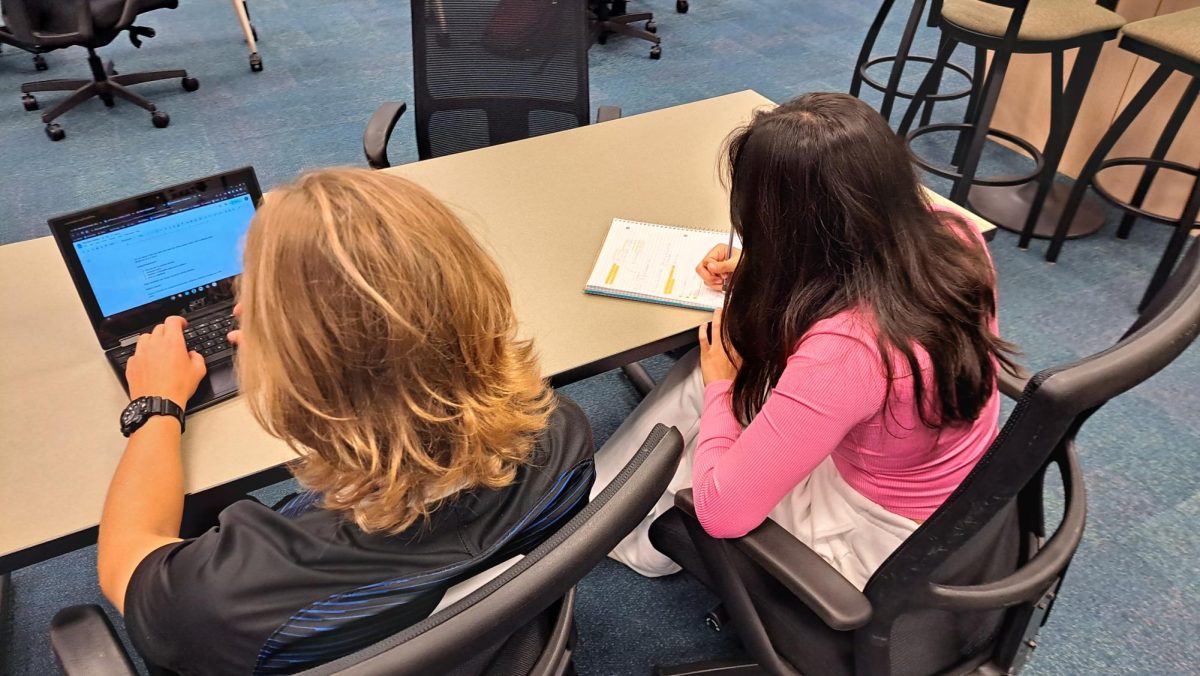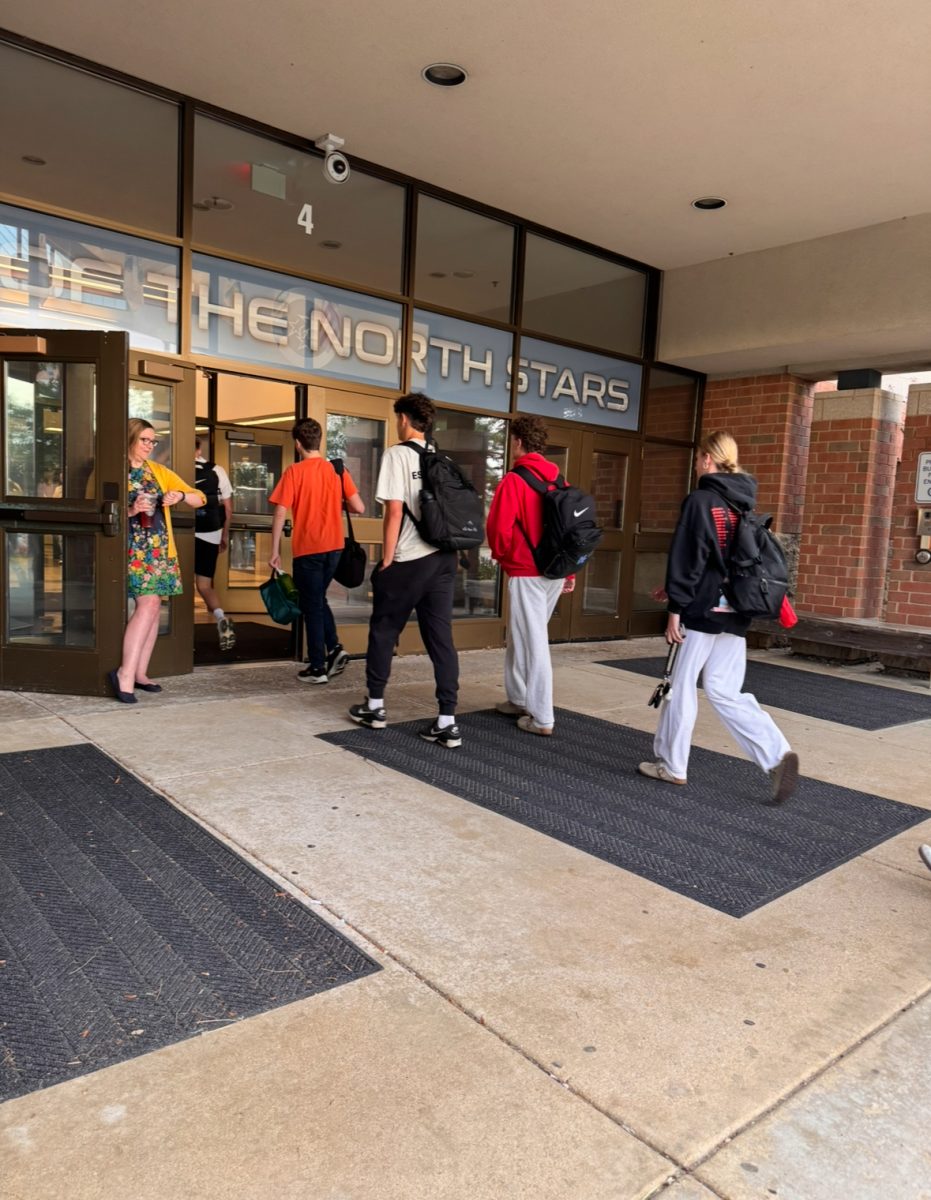As high school students, almost all of us take notes on a daily basis. Whether in class or for homework, note-taking plays an important role in our education. While handwritten notes have been the most common method for a long time, the current shift towards technology in many areas provides another option: typing them.
Without a doubt, the convenience and speed that comes with typing is unmatched by any other method, as it allows the learner to quickly process information as it comes to them for later reference. Even so, this doesn’t mean that the information you’ve gathered is still retained at the same level it might be from a handwritten page. The greater level of organization, ability to recall information and care put into a handwritten study guide or notes sheet can’t be replicated online in a restrictive document format, nor does the content hold the same quality as if you took the time to actually write it.
According to an article by The Global Scholars, handwritten notes allow for better memorization. When taking the time to handwrite your notes, you have to specifically consider the key points being conveyed because it takes longer to write notes than to type them. This extra care, in turn, causes you to be more focused on the material and to process the information on a deeper level. Being able to retain and recall information well directly translates into better test grades and greater overall learning and success in the classroom.
This kind of success isn’t only found in studies, though. It can be observed in classroom settings as well.
“When you’re handwriting, you’re a little bit more thoughtful on what you add because it takes more work to put that information in,” said Bethany Herrera, an AP psychology teacher at North.
She emphasizes the importance of being able to choose what you do and don’t take note of, allowing you to remember them with ease at a later date. When you’re able to transcribe what a teacher is saying into your Chromebook, the information you’ve gathered is more general, failing to pinpoint the things you really need to know.
“It’s not about getting the information all down on the piece of paper,” said Herrera. “It’s whether or not you processed it before you wrote it down. Are you processing it, making sense of it, and writing it down in a way that’s going to help you remember it? That’s more successful than getting down every word that I said.”
Of course, this doesn’t mean that digital note-taking is all flaws. One of the greatest aspects of using an online platform is the ability to share your notes and thoughts with peers, teachers and friends, allowing for collaboration between a class to make sure they’re prepared for upcoming tests. Alongside this is the ability to re-arrange or redo notes as the information changes, no erasing or new pages needed.
But does this convenience and speed make up for the proven better retention rate of handwriting? Unfortunately not. With the freedom of a notebook comes free drawing, graphic organizing and color that are just not as accessible online; not as fast as a pen and paper.
Despite this, many students are still switching over to digital note-taking, as noticed by some teachers.
“I would say over the past two, three, four years there’s definitely been a significant change and more people doing digital,” said Michael Zernone, social studies department chair and AP US History teacher.
The simplicity of pulling out a laptop with a new document rather than gathering many materials for handwritten notes does sound appealing.
“I think it’s more about your learning style and what works best for you,” said Zernone.
As we see it, the progression towards digital over paper is becoming faster and faster, notes following in suit of AP testing and, significantly, the SAT. Faster and easier, the Chromebooks look all the more appealing the more work we do online. But faster doesn’t always mean better, just as quantity can’t balance quality. If students are to continue gaining knowledge and information from their notes, handwriting is the way to go.











